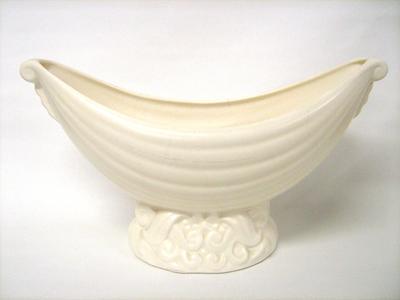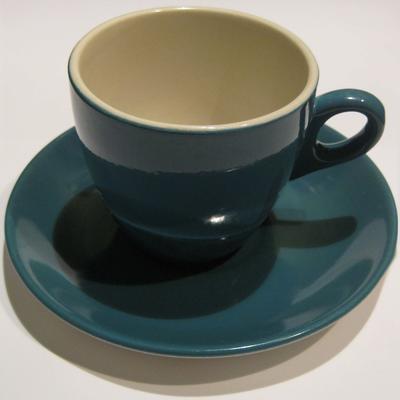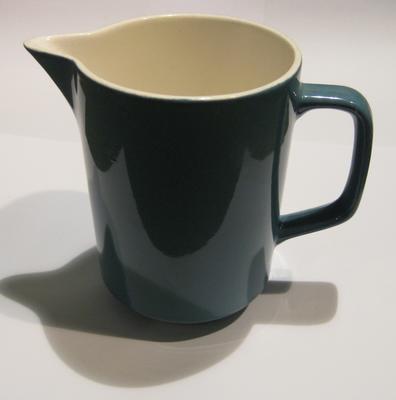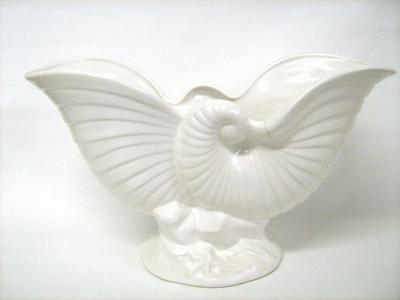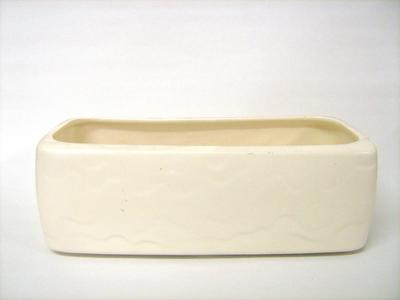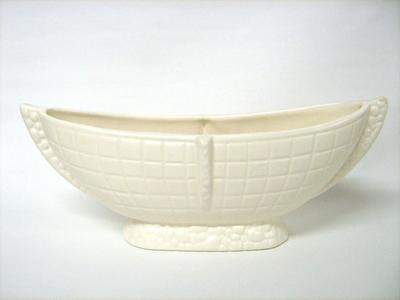Crown Lynn Vases
The company developed from an amalgamation of brick and clayworks companies in the West Auckland area, creating the Amalgamated Brick and Tile Company in 1929. Later that year a number of businesses in Wellington merged to become the Amalgamated Brick and Tile Company (Wellington). These groups were incorporated into the parent company, Consolidated Brick & Pipe Investments Limited, which became Ceramco in 1974.
By 1979, in its 50th year, Ceramco was a group of more than 70 individual companies.
Crown Lynn Potteries Ltd came to being in 1948, creating a separate company for the Amalgamated Brick and Tile Company’s, or AMBRICO as it was known in the 1940s, Porcelain Specials Department. Crown Lynn Technical Ceramics Ltd, the section manufacturing electrical products and other technical wares was created as a separate company at the same time.
Throughout its history, Crown Lynn Potteries produced millions of pieces of domestic crockery, both sold locally and exported internationally. The pottery required more than 8500 tonnes of clays and other materials annually and these were sourced in New Zealand. The design department was set up in 1945, and they researched overseas styles and sourced expertise from the UK. While some decorations were imported, they also fostered an inventive design culture in-house.
The company took pride in its humble beginnings, the experimentation, the ‘making do’ with equipment and materials not expressly suited to their purposes. Crown Lynn forms an important part of New Zealand’s industrial design history, especially its successes with imposing uniquely New Zealand design and products on an international platform.
Tom Clark, Managing Director, wrote in 1979 “It is my belief that the New Zealand population will never be sufficiently large to support true mass production, so it becomes necessary and vital for us to project increasingly outwards. Manufacturers must be further encouraged to produce more for export by incentives based on the indigenous content of their goods.” 10 years later Crown Lynn closed its doors, blaming the combined effects of lost import protection, as well as trade union resistance to changes in working conditions and continuing losses.
Crown Lynn whiteware came with a variety of marks. Some were numbered only, others bore marks such as Flair Art Pottery. The later vases, post-1964, have four digit shape numbers.

